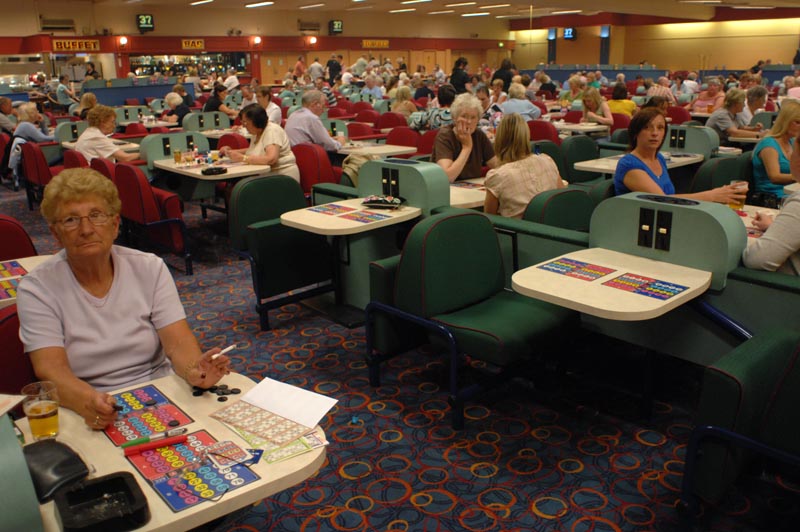Couchsurfing is a website which makes you realise the internet is brilliant.
A non-profit organisation effectively self-administered by volunteer members, CouchSurfing is a free-to-join website where users agree to put up other travellers visiting their city.
In short this is what happens: You email someone who lives in a city you intend visiting. You ask if you can stay with them. They say yes or no.
No money changes hands. This is feel-good factor surfing.
The same process can also happen in reverse. If you stay with someone they are usually very nice to you. They might cook you a meal, they might show you round their area. If you’re a nice guest you will probably take them a gift of appreciation.
With an average age of 25, the one million plus users (1,152,463 users on Sunday May 31) are perceived to be backpackers, but the sight accommodates are far wider ranger of people. Literally.
I have surfed in mid-America, Prague and India. I also met some CouchSurfers in Warsaw for a drink. Always had a brilliant time. Being driven across the Punjab at 100mph was almost as memorable as the out-of-control naked party held in my honour on the outskirts of Kansas City.
Sadly, the concept is open to abuse. Spam emails and bad experiences are kept to a minimum thanks to a fairly robust screening process for members and a vigilant administration team.
But talking to an Australian couple travelling across India I was made aware how the nature of the sight was being abused. While staying with a CouchSurfer in New Delhi, they were shown round the city by their host. However, after visiting various bars, restaurants and shops, the Indian host appeared to get paid by the owners of the various establishments.

The power of the tourist pound in India is very strong. An India taxi driver can earn as much from one tourist as he could from 20 fares carrying locals. White tourists are targeted as soon as they get off trains or step out of the airport. I can testify to this.
But the cynical manipulation of the travelling CouchSurfer goes against everything the website strives to achieve. Obviously, tackling this problem won’t be easy. Certainly the travellers would have to report the host, and they would be reluctant to do that if he was otherwise charming.

I myself stayed with a CouchSurfer named Hemant and his family for three days in Ludhiana and had no such issues with him. He could not have done more for me and my sick girlfriend Anna, reinforcing the generosity that CocuSurfing has worked so hard to generate around the world.
Shortly after my visit to India I hosted a Slovakian man named Joe and his Hungarian girlfriend. They bought me a bottle of whiskey. Don’t drink the stuff, but the offer was very much appreciated.
I’ve surfed a few times. I’ve hosted twice now. Great experience. I feel I've contributed. As CouchSurfing gets bigger I hope it manages to retain its personal touch.
Paris has more CouchSurfers than any other city – 20,602 - followed by London (17,856), Berlin (14691), Montreal (13,650) and Vienna (9,607). Just over 30per cent of CouchSurfers (353,330) had couches available at the time of checking. Over 230 countries are represented, and 59,199 cities have at least one CouchSurfer. The least spoken language by CouchSurfers is Lojban (four members).
